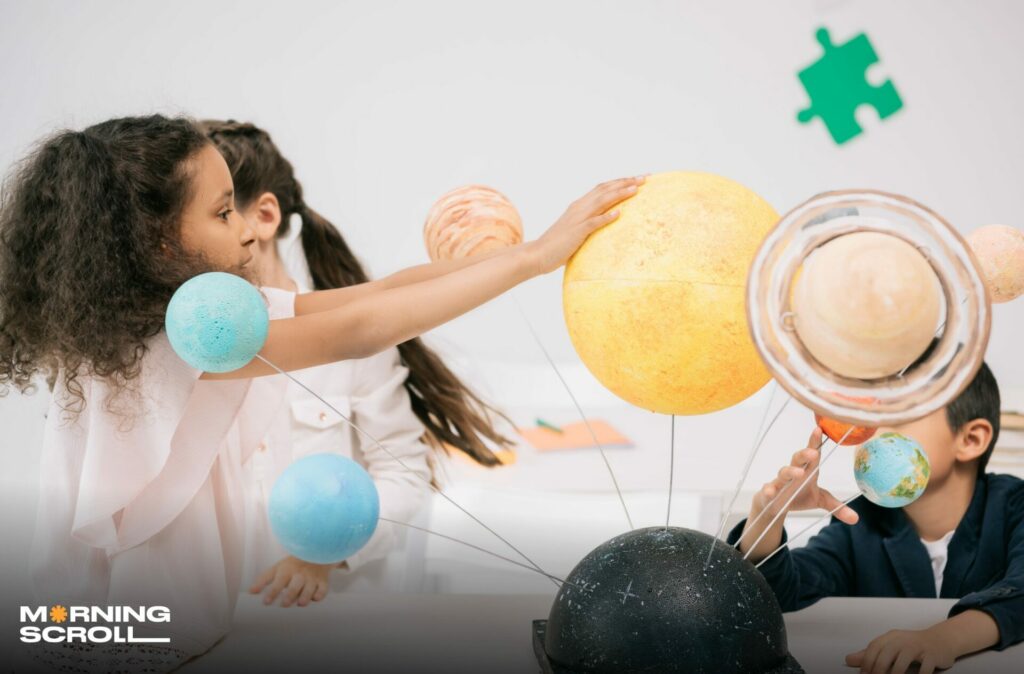In today’s fast changing world, learning and adapting is more important than ever. However, this journey of continuous learning frequently begins with a spark – the spark of curiosity. Nurturing our children’s innate curiosity is one of the most essential things we can do to help them develop emotional intelligence and academic abilities.
1- Curiosity: the engine of exploration.

Curiosity is a powerful motivator that motivates youngsters to investigate their surroundings. The “why” is behind every query, the “how” stimulates exploration, and the “what if” sparks imagination. By promoting curiosity, we assist our children acquire important abilities such as:
- Problem-solving: Curiosity motivates children to seek answers and solutions for themselves.
- Critical thinking: Children develop critical thinking abilities by asking questions and collecting information.
- Creativity: Curiosity enhances a child’s inventiveness, allowing them to think beyond the box.
- Persistence: Unraveling mysteries and discovering new things take time and effort. Curiosity helps children persevere when faced with adversity.
2- Cultivating Curiosity in Everyday Moments

The good news is that cultivating curiosity does not need elaborate dramatic gestures. It may be weaved into the fabric of daily existence through simple actions:
- Accepting the “Why” questions: When your youngster asks “why,” don’t just answer. Explore the question together, promoting more research and conversation.
- Providing open-ended toys and materials: Blocks, sand, and craft items allow youngsters to explore and experiment freely.
- Modeling curiosity: Allow your youngster to witness your own curiosity. Ask questions, try new things, and demonstrate your want to learn.
- Turning errands into adventures: While walking, point out fascinating items, talk about the occupations you observe others doing, and encourage your youngster to ask questions.
- Creating a safe environment for exploration: Allow your youngster to roam freely within safe bounds. This promotes a sense of autonomy and stimulates further exploration.
3- Beyond the Basics

Answering questions is only one aspect of encouraging curiosity. Here are some more tips:
- Provide age-appropriate challenges: Provide tasks that are demanding enough to be stimulating but not so difficult as to induce frustration.
- Celebrate mistakes: Look at them as learning opportunities, and promote tenacity.
- Connect learning to real-life experiences: Show your child how their newly gained information pertains to the world around them.
- Make learning enjoyable: Laughter and joy build a healthy learning atmosphere and encourage inquiry.
By cultivating curiosity, we provide our students with the tools they need to become lifelong learners. They’ll be more equipped to handle the world’s complexity, adjust to change, and relish the lifelong journey of discovery. So welcome the questions, encourage discovery, and watch your child’s passion of learning grow!


